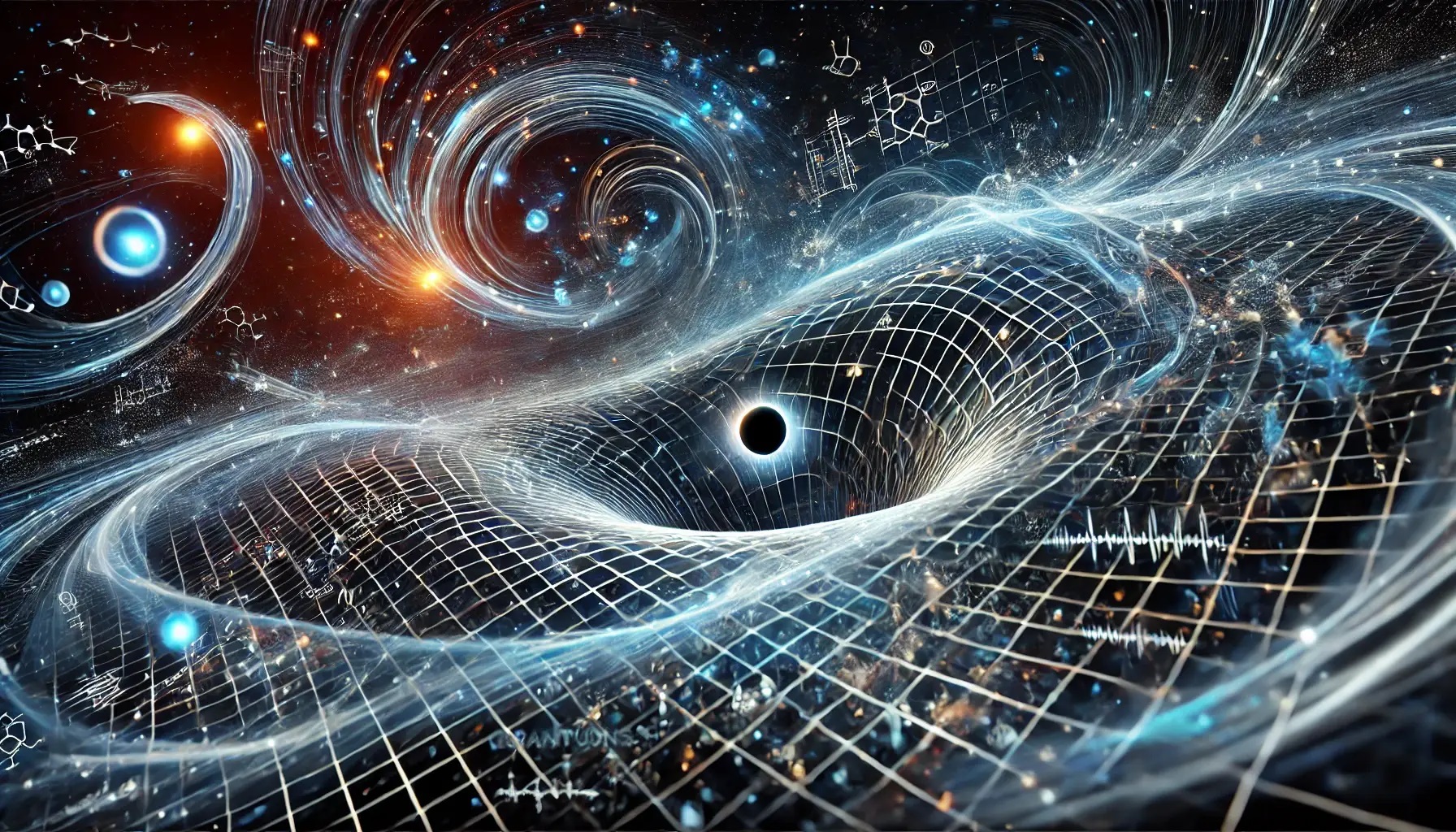The Relativity of Time: Exploring the Cosmic Mysteries Inspired by “Interstellar”

Category
InfosImagine being on a planet so close to a massive black hole that every hour you experience is equal to years back home. Sounds like pure science fiction, right? But it’s actually based on real physics! In the movie Interstellar, time slows down near the black hole Gargantua, and that’s not just for the big screen. This phenomenon is a real part of Einstein’s Theory of General Relativity, and it’s something scientists are still uncovering today.
Time and Gravity: The Warp of Space-Time
At the core of this mind-bending idea is gravity. In Einstein’s view, massive objects like stars or black holes don’t just pull on things with gravity—they bend the very fabric of space and time itself. Imagine space-time as a giant, stretchy trampoline. The heavier an object (like a black hole), the more it dips and curves this trampoline. And just like if you dropped a ball on that trampoline, time behaves differently depending on how close you are to these massive objects.
One of the coolest ways this is shown is in the movie Interstellar, when astronauts visit a planet close to Gargantua. Time moves slower on this planet than on the spaceship, and even slower than back on Earth. That’s because the planet’s gravity is so intense that it’s literally stretching time for anyone near it. But this isn’t just a movie idea—scientists know this can happen!
Time Dilation in Real Life
One of the most mind-blowing aspects of time is time dilation, which is where time moves differently for objects moving at high speeds or in strong gravitational fields. While we don’t have black holes to play with, we’ve seen time dilation in action on Earth.
Take, for example, an experiment with atomic clocks. In 1971, scientists conducted the Hafele–Keating experiment, where two super-precise atomic clocks were flown on commercial airliners—one traveling eastward, the other westward—while another clock remained stationary on the ground. When the clocks were compared later, the one on the plane showed that it had ticked slightly slower than the one on the ground. This wasn’t a mistake—this difference was due to the plane’s speed. The faster an object moves, the slower time passes for it relative to something stationary. This experiment confirmed Einstein’s predictions about time dilation and has been repeated several times with consistent results (Hafele & Keating, 1972).
But wait, there’s more! When you consider both speed and gravity, time dilation gets even more interesting. You may not know this, but GPS satellites actually experience time differently than we do. They orbit Earth at high speeds and are farther from Earth’s gravity. As a result, time moves slightly faster for them than it does for us on the ground. If scientists didn’t account for this difference, your GPS could be off by several miles! This real-world “time travel” adjustment is just one example of how time dilation is part of our everyday lives.
Time: The Ultimate Puzzle
Time is one of the most mysterious and flexible aspects of the universe. From black holes bending time to the tiny differences in time measured by satellites, relativity teaches us that time isn’t the same everywhere. It’s shaped by speed, gravity, and maybe even things we haven’t discovered yet. And just like in Interstellar, these concepts not only open our eyes to the vastness of space but also challenge us to rethink our own understanding of the passage of time. So the next time you check the time, remember: it might not be the same for you as it is for someone else.
Lea Zena Montembault Jama 2nde-2


